When you're putting together a gaming PC, one of the most important choices you'll make is selecting the right graphics card. AMD has become a go-to option for many gamers, especially those who want high performance without paying for unnecessary extras. All of AMD’s latest graphics cards come with ray tracing support and FidelityFX Super Resolution (FSR), an upscaling technology that's widely adopted across modern PC games.
While there are more powerful options on the market, AMD’s Radeon RX 9070 XT delivers outstanding 4K performance at a much more reasonable price than top-tier GPUs that can easily exceed $2,000. And if you're targeting 1440p, AMD offers some of the best value-for-performance ratios, giving you smooth gameplay without breaking the bank.
TL;DR: These Are the Best AMD Graphics Cards
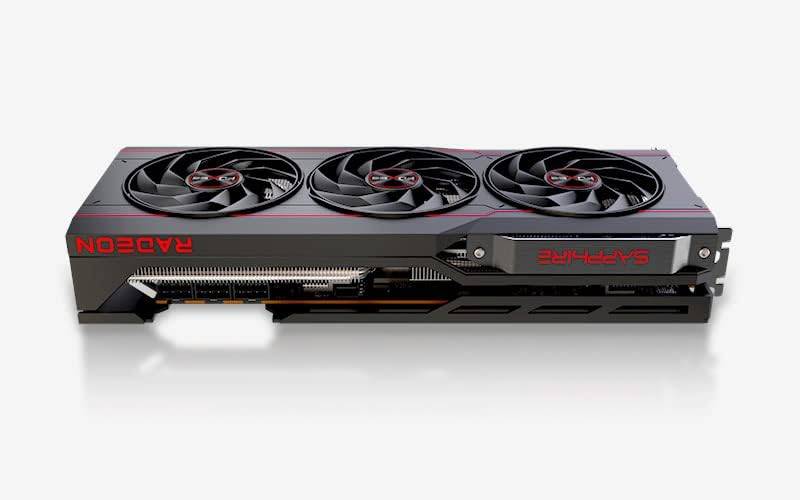 Best 4K AMD Graphics Card### Sapphire Pulse Radeon RX 7900 XTX
Best 4K AMD Graphics Card### Sapphire Pulse Radeon RX 7900 XTX
8See it at Amazon Top AMD Choice (For Most Gamers)### AMD Radeon RX 9070 XT
Top AMD Choice (For Most Gamers)### AMD Radeon RX 9070 XT
6See it at Newegg Best AMD GPU for 1440p### AMD Radeon RX 9070
Best AMD GPU for 1440p### AMD Radeon RX 9070
5See it at Newegg Best AMD GPU for 1080p### Gigabyte Radeon RX 7600 XT Gaming OC Windforce
Best AMD GPU for 1080p### Gigabyte Radeon RX 7600 XT Gaming OC Windforce
6See it at Amazon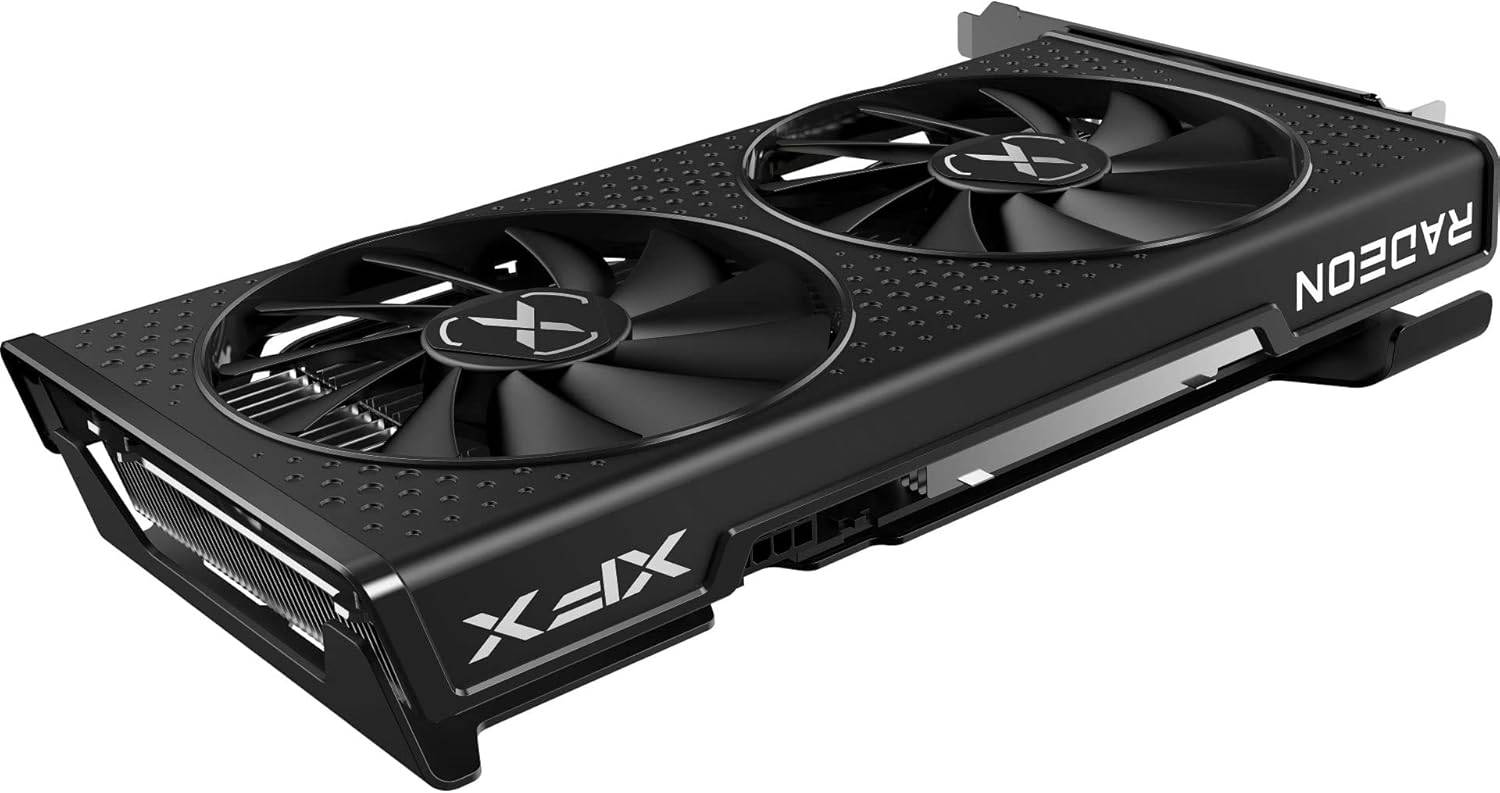 Best Budget-Friendly AMD GPU### XFX Speedster SWFT Radeon RX 6600
Best Budget-Friendly AMD GPU### XFX Speedster SWFT Radeon RX 6600
5Plus, it’s worth noting that AMD’s graphics architecture powers both the PlayStation 5 and Xbox Series X|S. This helps developers optimize their games for AMD hardware when bringing console titles to PC. While this doesn’t guarantee flawless performance in every PC port, it does provide a solid foundation for smoother experiences on AMD-based systems. Of course, if you're leaning toward Team Green, you may also want to check out our guide to the best Nvidia graphics cards.
Choosing the right AMD GPU isn't just about grabbing the fastest model available. It's about matching your needs—your target resolution and budget—to the right graphics card. Let’s break down what you need to know before making your decision.
Graphics Card Basics
Graphics cards are complex pieces of hardware, but understanding a few key details can help you make an informed choice. For AMD GPUs, start by confirming whether the card belongs to the current generation. Recently, AMD updated its naming system—so instead of going from RX 8000 to RX 9000, they launched the Radeon RX 9070 XT as the new flagship, skipping the "8" entirely.
The easiest way to identify a current-gen AMD GPU is by looking at the first digit: any card starting with a “9” is part of the latest lineup. Older generations will begin with “7” or “6.” You might also see suffixes like “XT” or “XTX,” which indicate a slightly enhanced version within the same performance tier.
This naming structure was introduced with the Radeon RX 5700 XT in 2019. Prior to that, AMD used a three-digit format like the RX 580 or RX 480. Those models are now outdated, so unless you find one for under $100, it's best to avoid them.
As a general rule, higher model numbers mean better performance. However, diving into specific specs gives you a clearer picture of what each GPU can do.
One of the easiest metrics to understand is VRAM (video memory). More VRAM typically equals better performance, especially at higher resolutions. For 1080p, 8GB is usually sufficient. At 1440p, aim for 12–16GB, particularly for graphically intensive titles like *Cyberpunk 2077* or *Black Myth: Wukong*. If you're targeting 4K, 16GB or more is ideal.
Another important spec is the number of compute units. Each unit contains 64 streaming multiprocessors (SMs), which handle rendering tasks. The Radeon RX 7900 XTX, for example, features 96 compute units totaling 6,144 SMs.
AMD’s recent GPUs also include dedicated RT Cores for ray tracing performance. Each compute unit in the latest RDNA 3 architecture includes one RT Core, resulting in 96 total RT Cores on the Radeon RX 7900 XTX. Generally speaking, the more RT Cores, the better the ray tracing performance.
Once you've chosen your preferred graphics card, double-check your PC build to ensure compatibility. Confirm that your case has enough space and that your power supply can handle the GPU’s wattage requirements. High-end cards often require a minimum 750W PSU, so always verify before purchasing.
AMD Radeon RX 9070 XT – Photos

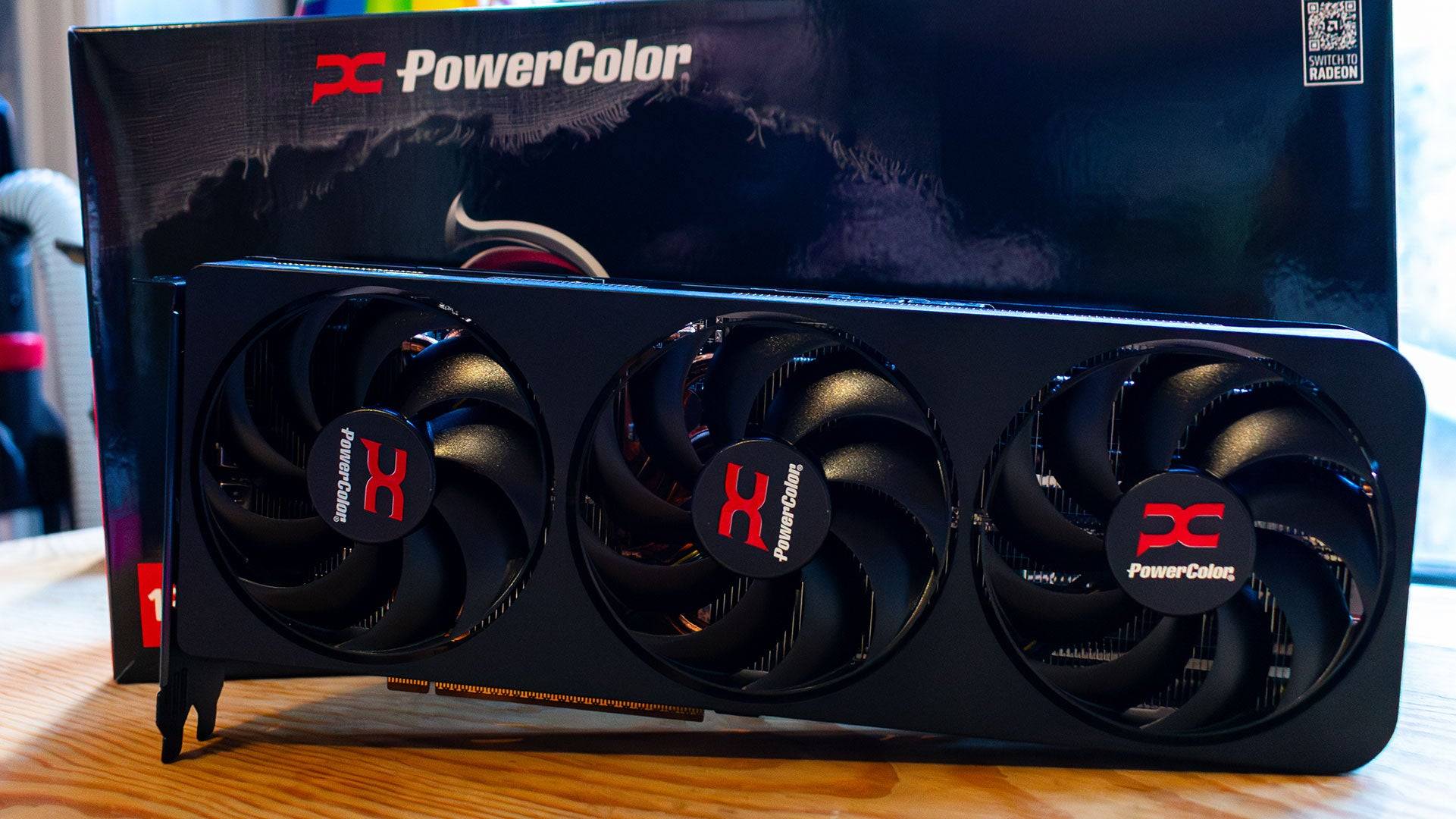 4 Images
4 Images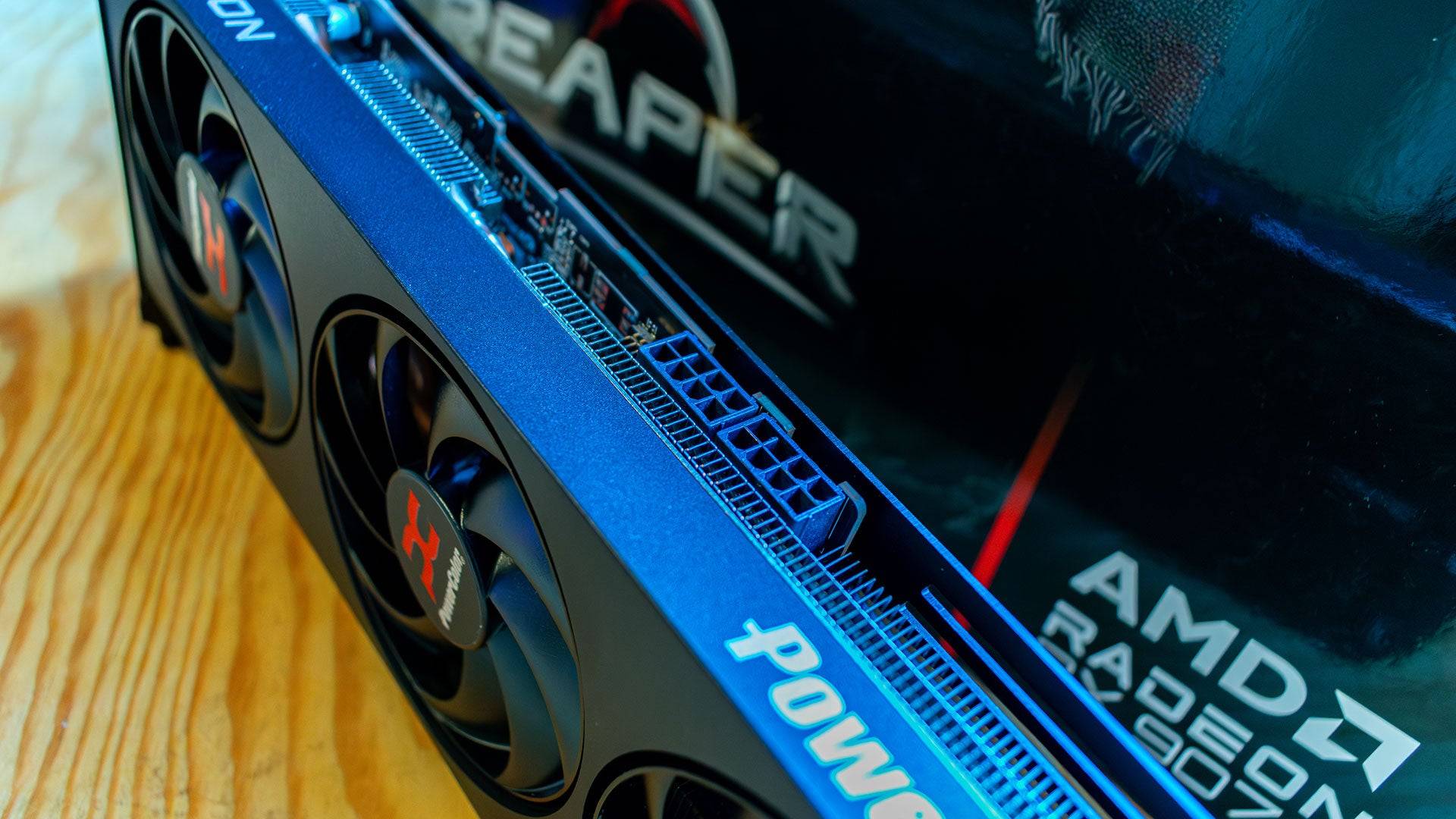
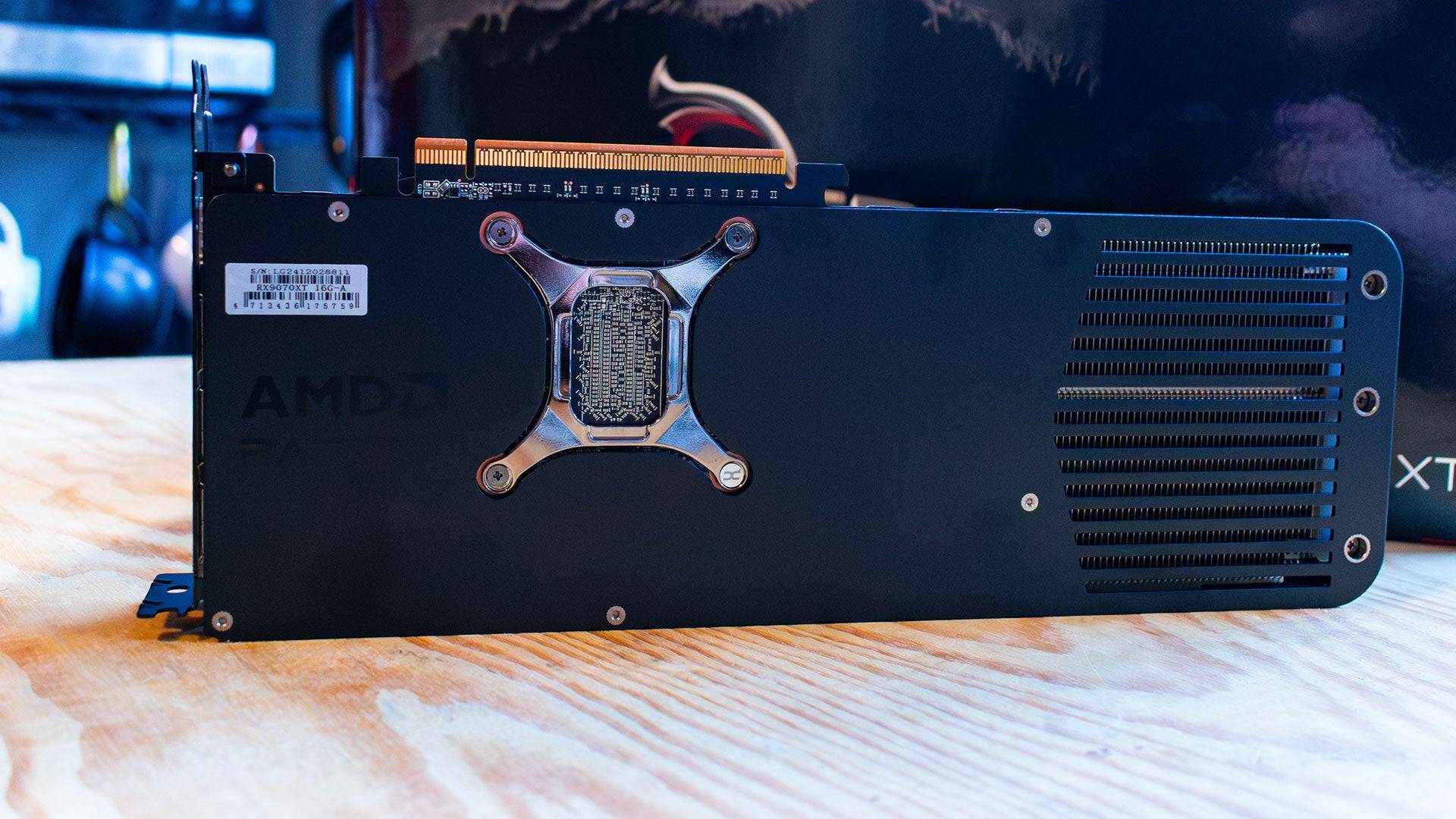
If You Just Want the Best: AMD Radeon RX 9070 XT
 Top AMD Pick (For Most Gamers)### AMD Radeon RX 9070 XT
Top AMD Pick (For Most Gamers)### AMD Radeon RX 9070 XT
6See it at NeweggProduct SpecificationsStreaming Multiprocessors4096Base Clock1660 MHzGame Clock2400 MHzVideo Memory16GB GDDR6Memory Bandwidth644.6 GB/sMemory Bus256-bitPower Connectors2 x 8-pinPROSExcellent 4K gaming performance for the moneyPlenty of VRAMCONSBrings GPU prices down to sanity (in theory)
The AMD Radeon RX 9070 XT sets a new standard for value-driven 4K performance. Priced at $599 at launch, it undercut the competing Nvidia RTX 5070 Ti by $150 while offering slightly better average performance across a wide range of games. In testing, the RX 9070 XT showed an average 2% performance lead over the more expensive RTX 5070 Ti, making it an impressive deal for 4K gamers.
Beyond raw frame rates, the RX 9070 XT also introduces FSR 4, AMD’s AI-powered upscaling solution. Although FSR 4 delivers slightly lower performance than FSR 3.1, it significantly improves image quality—making it ideal for single-player and story-driven titles where visual fidelity matters more than ultra-high frame rates.
Overall, the Radeon RX 9070 XT offers excellent 4K performance at a competitive price point, making it a standout choice for gamers who want high-quality visuals without spending over $1,000 on a GPU.






